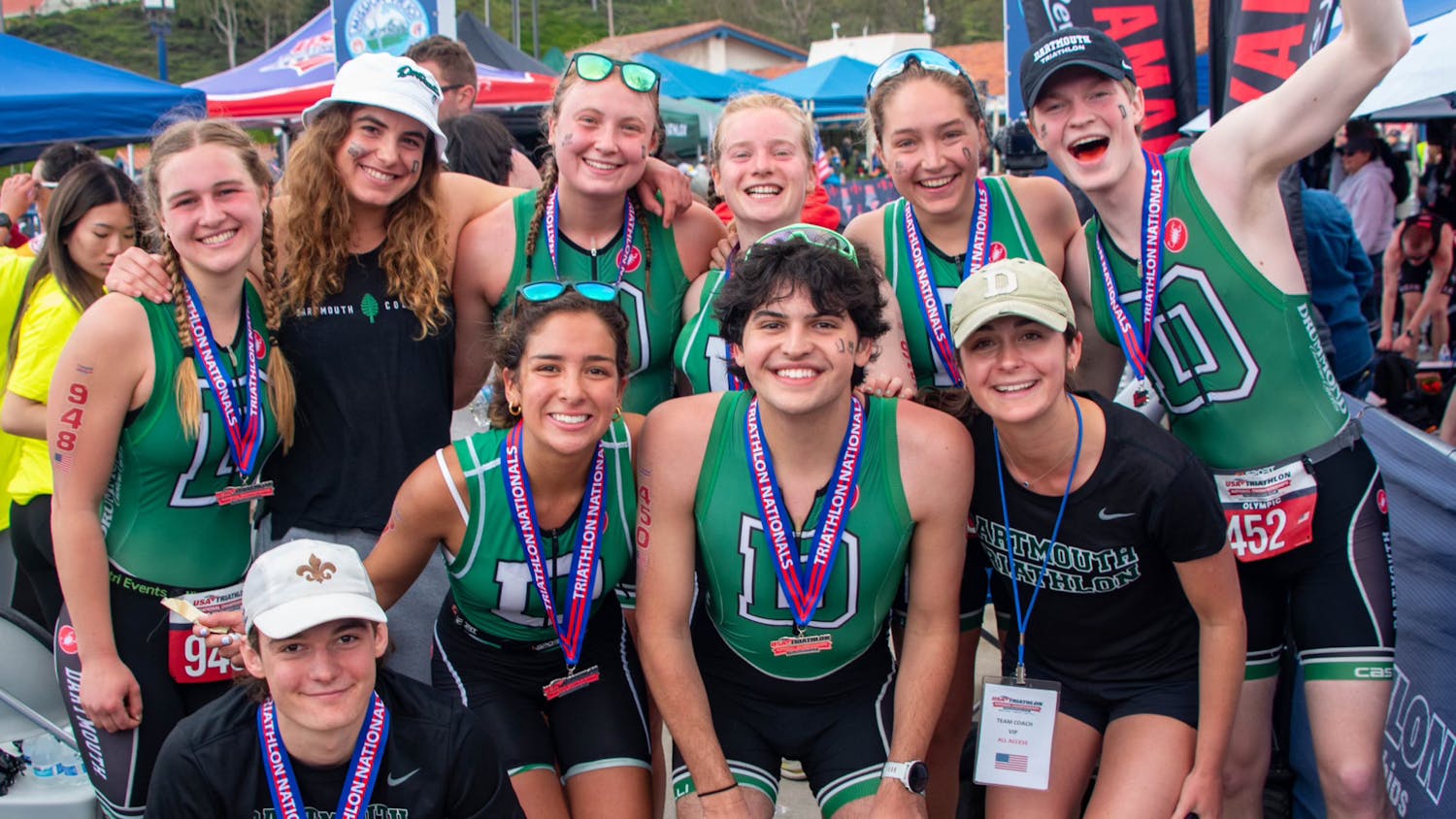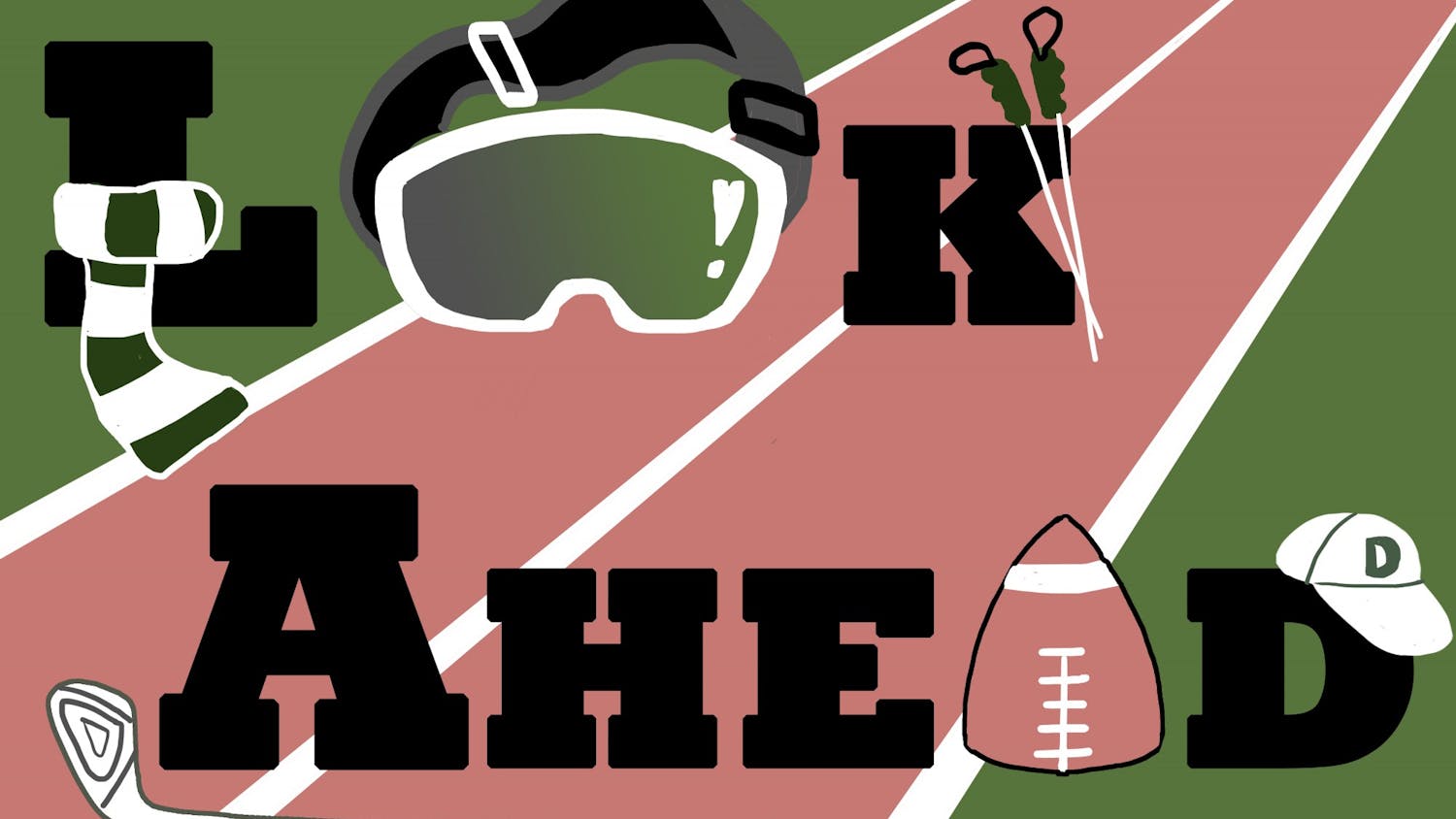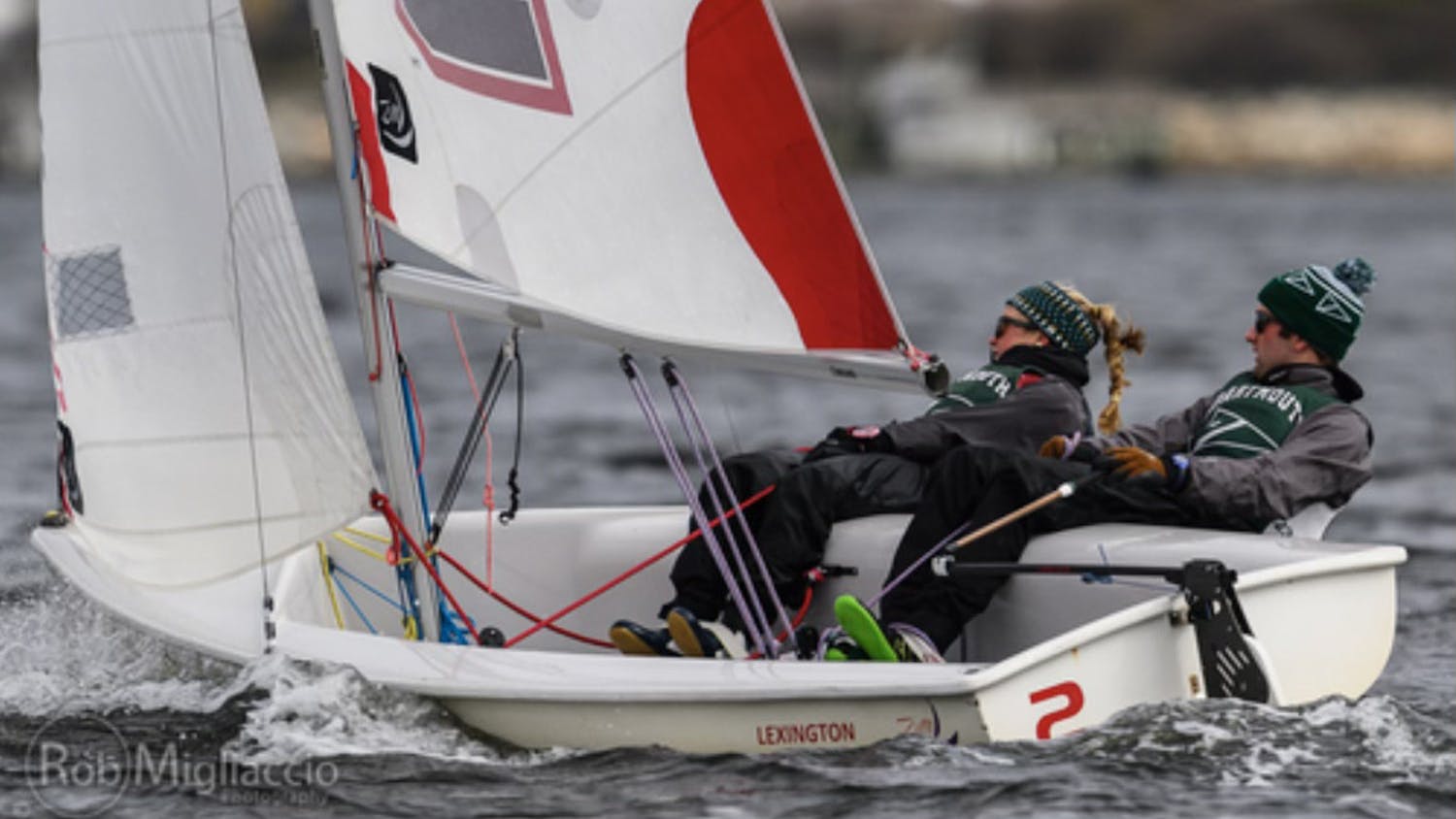This year Dartmouth has a robot on the football field, designed to help protect players -— not from alien invaders, but from injuries.
At every home football game, Dartmouth-Hitchcock Medical Center’s first telemedicine robot will run up and down the sideline, screening for traumatic head injuries like concussions.
Robert Singer, a neurosurgeon at DHMC, said multiple concussions have a negative effect on cognitive ability, concentration and emotional maturity.
“If a concussion goes undiagnosed, students in particular can have a difficult time in class, can have a difficult time in keeping their hours, can be bothered by headaches,” he said, adding that several concussions can lead to “pathological changes in the brain.”
In 2013, the Mayo Clinic, a nonprofit medical practice and research group, tested portable and remote technology in evaluating athletes who had suffered head injuries, working with the Northern Arizona University football team.
Singer heard about this work from colleagues and joined Sarah Pletcher, medical director of the Center for Telehealth, to bring the technology to the Big Green.
The robot is part of a complex system of screening technology, Pletcher said, which includes tablets, laptops and smartphones. The technology could potentially be expanded beyond football, Pletcher added, including to situations in which athletic trainers cannot accompany athletes, like the middle of a ski race.
The robot will link athletic trainers on the field with the clinical team at DHMC, headed by Singer. The robot livestreams video of a potentially injured player back to the team, which can assist in making an evaluation or tell the trainers to hold a player out of the game.
The robot should become even more effective as new concussion tests are developed and approved. One newly approved test, the King-Devick test, promises to accurately diagnose even low-level concussions in about two minutes. Rapid testing is necessary on the sideline, as two concussions in rapid succession can lead to serious health consequences.
“The clinical team is already in place,” Singer said. “It is made up of athletic trainers, concussion experts, family practitioners and internal medicine doctors that are here at Dartmouth.”
For all its perks, the robot initially garnered some bewildered glances.
“At first we didn’t really know what it was,” Ryan McManus ’15 said. “After learning a little bit about it, we all agree that it’s a pretty cool aspect that’s unique to Dartmouth that sets us apart from some other programs across the country, to have something like that geared to the head injury issue.”
McManus, a wide receiver on the football team, suffered a serious concussion last season that kept him from playing the last eight games.
Dartmouth football has long been ahead of the curve when it comes to concussion prevention and treatment. It was the first to refrain from tackling in practices.
Before the change, Dartmouth’s team averaged about 2,500 hits to the head during practice over the course of a season. 300 of those hits came within a range commonly understood to cause concussions, according to a 2010 study in the Journal of Athletic Training. According to the Big Green Alert blog, the team’s tackling has improved since the team made the change.
The Ivy League generally has stronger anti-concussion policies than the rest of the NCAA. In 2011, the Ivy League drastically reduced the number of full-contact practices permitted during the season while also increasing penalties for head-to-head contact or unnecessary roughness. These new rules were widely hailed as effective, and the NCAA released similar guidelines in July.
Despite the regulations, Dartmouth players are still vulnerable to traumatic brain injury. While the Dartmouth athletic department does not categorize different types of personal foul (besides unsportsmanlike conduct), referees called 19 personal fouls or hits on defenseless players in the Big Green’s games last year — an average of nearly two per game.



